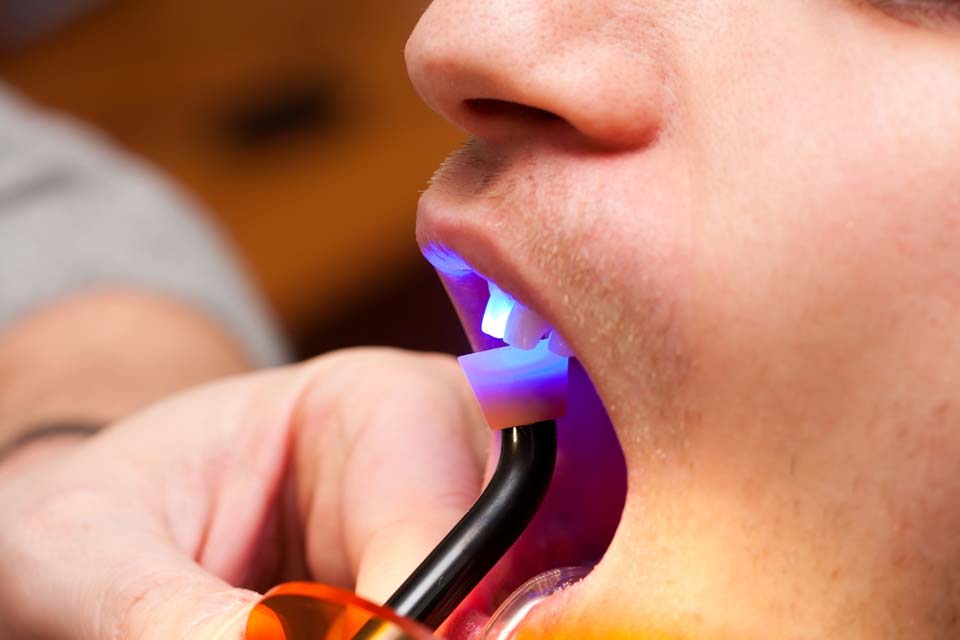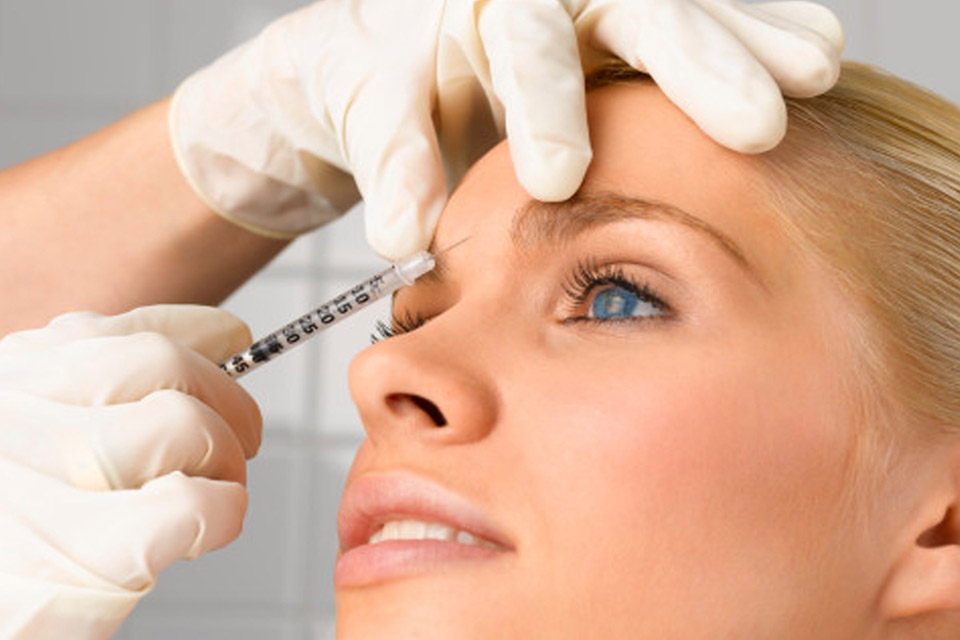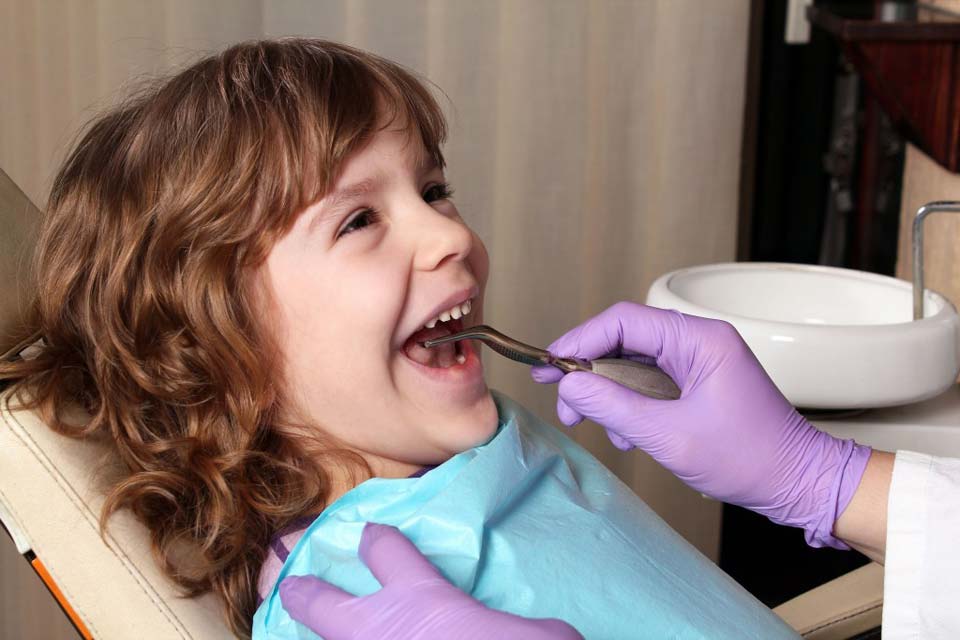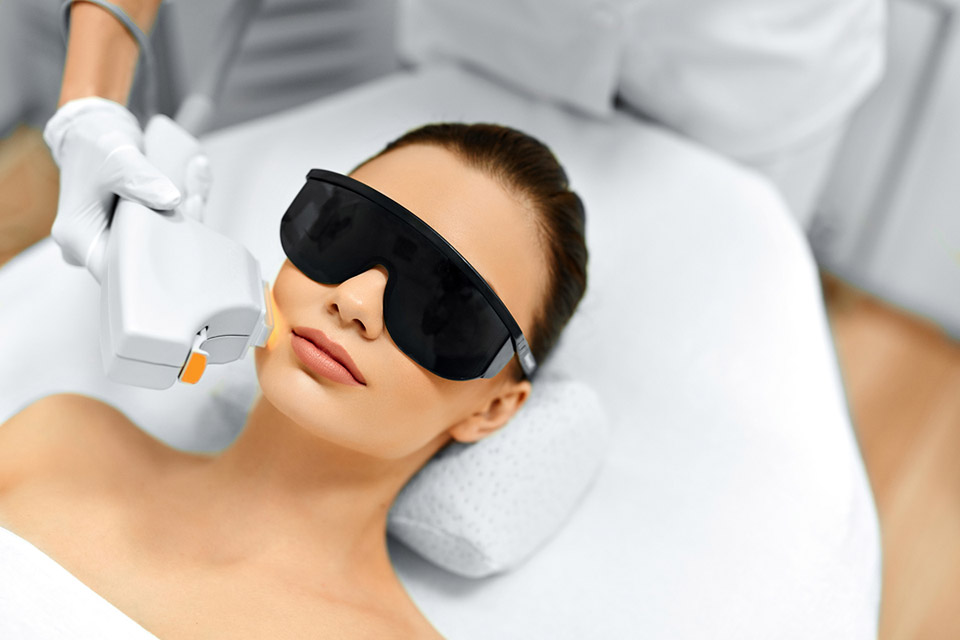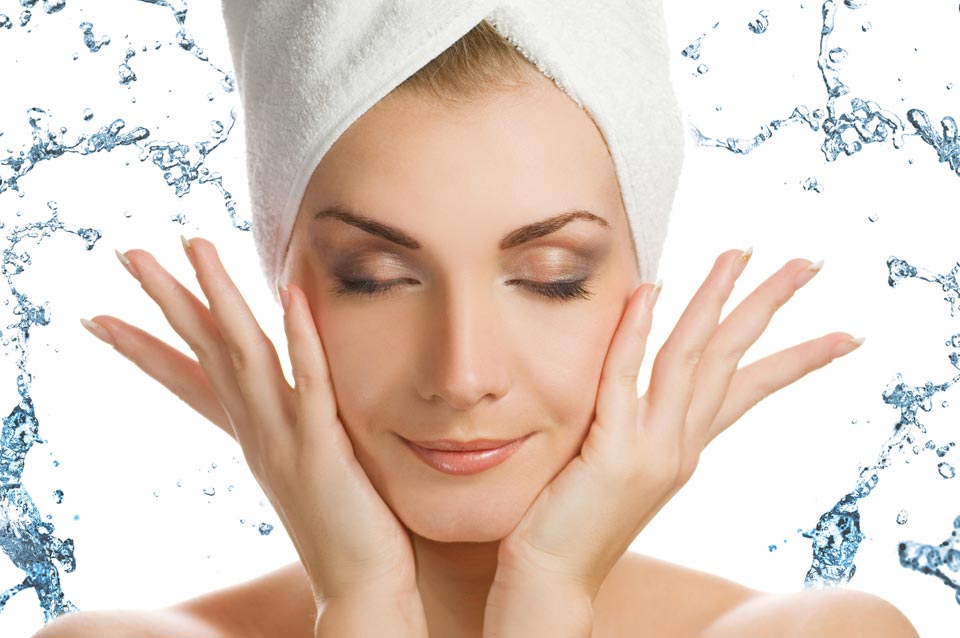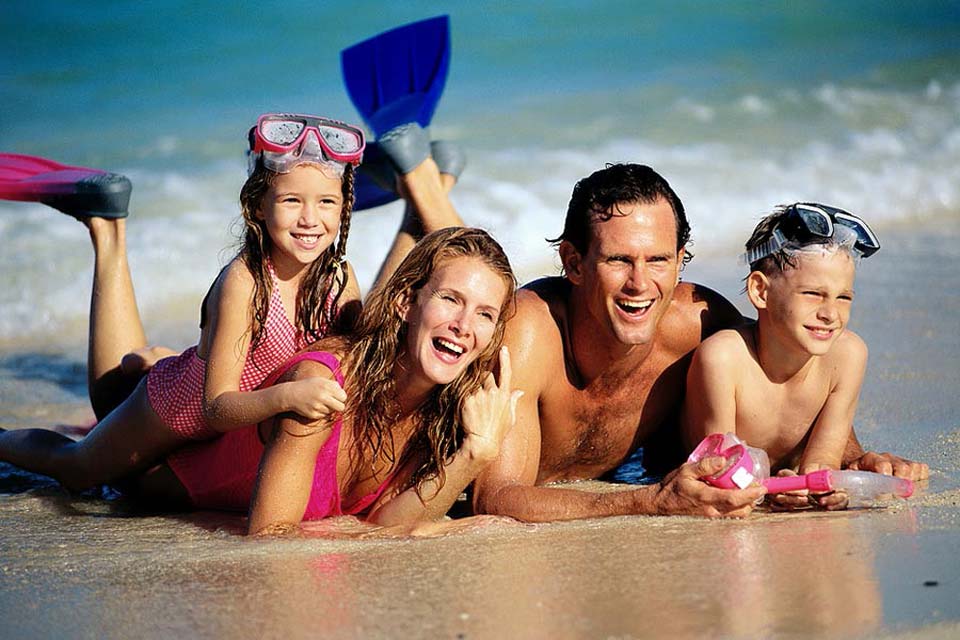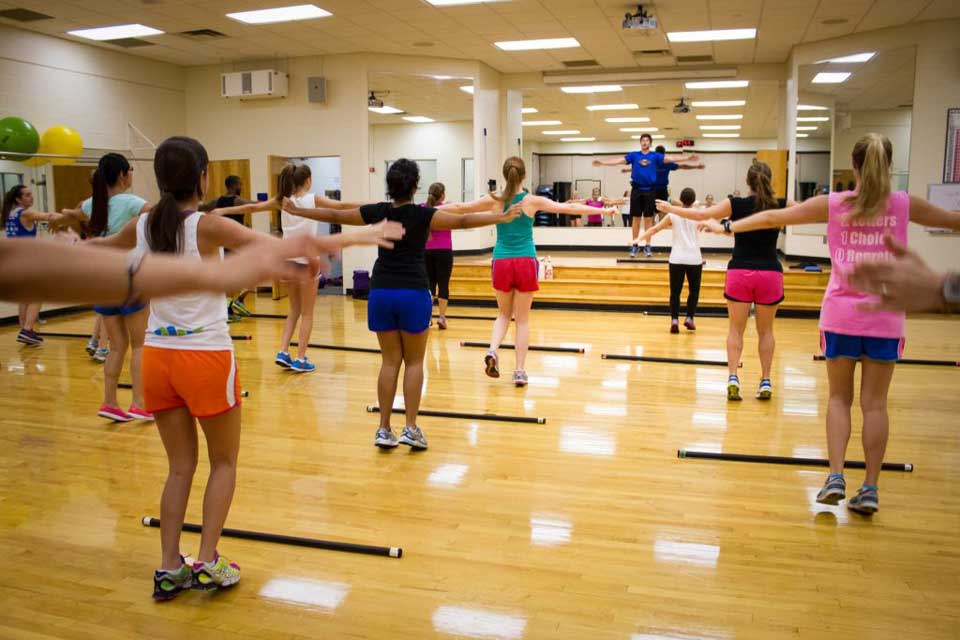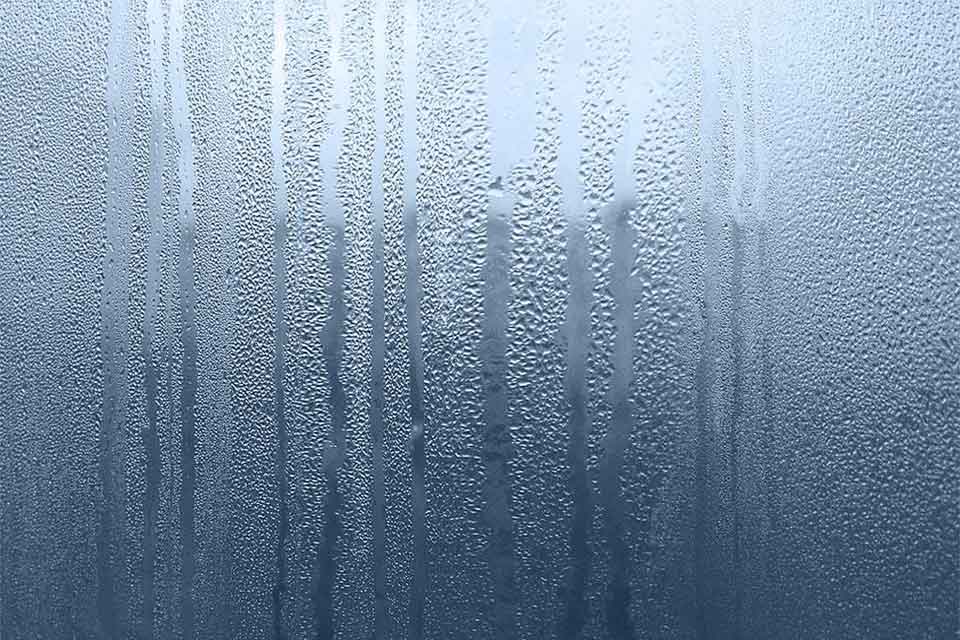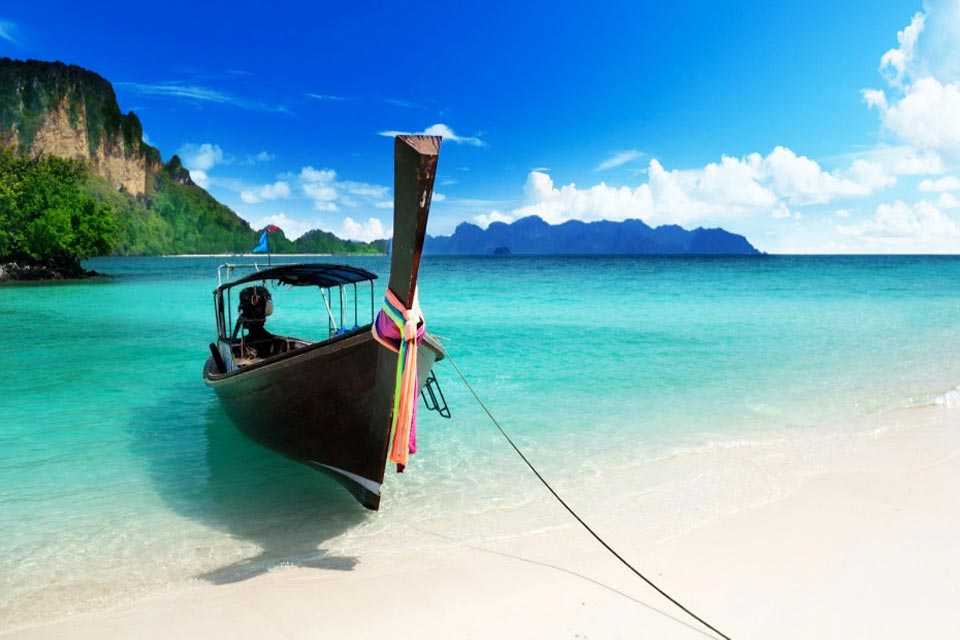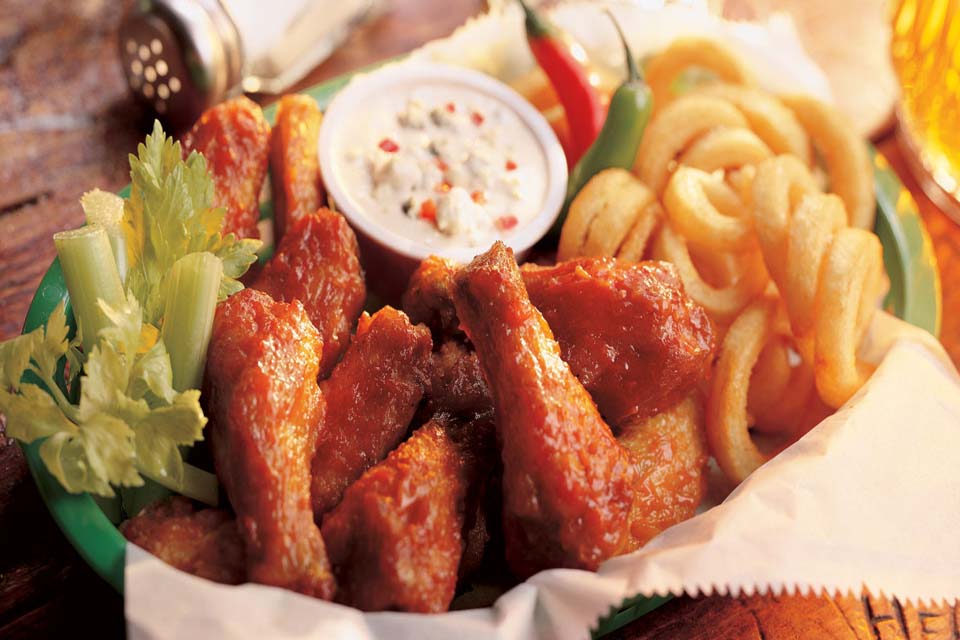Teeth do a lot of hard work over a lifetime and can be damaged when you chew something hard, if you grind your teeth at night or from a trauma such as from playing sport or some other accidental injury. A good dentist will very likely be able to restore a damaged tooth, if it is not too badly damaged.
The main thing to remember is to seek treatment as soon as possible after the damage occurs, because once the tooth is damaged it is weakened and using it will only make the damage worse. Here are some ways the dentist may treat your damaged tooth, depending on how bad it is.
- Chipped tooth – this may not be painful, depending how big the chip is and where on the tooth it is located. Treatment will vary depending on which tooth is damaged. Front teeth are highly visible so the dentist will attempt to make the tooth look like normal again. He can do this by placing a dental veneer over the top of the tooth, or he may make a crown to replace the missing chip. It is not likely the chip that came off will be usable, so don’t worry about keeping it. Very often a chip can be replaced with a dental filling that is the same colour as the natural tooth and shaped to look like the rest of the tooth. If it’s a large chip, it might be necessary for a post to be inserted into the remaining tooth to help hold the new part on.

